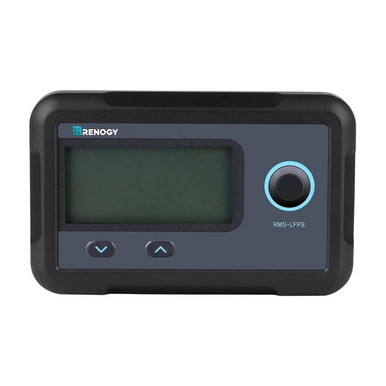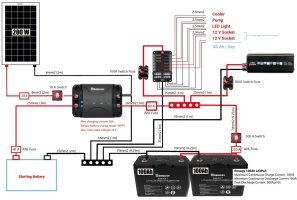Hello everyone,
i'm a total beginner in the electrics topic. Was reading this forum for a week, find it very informative but i still have some (many!) questions. Would really appreciate if someone could give me a hand. (And please excuse my English, i'm not a native speaker)
So, we are going to buy 200W solar panels and 100Ah LiFePo4 for our van. Main consumers would be 60W compressor fridge and 2kW chinese webasto in colder months + few phones, laptop, led. We travel for a long time and sometimes camp at one place for 2-3-4 days.
Does this set makes sense to you? Do we definitely need something else?
Renogy 12V 100Ah Smart LiFePo4
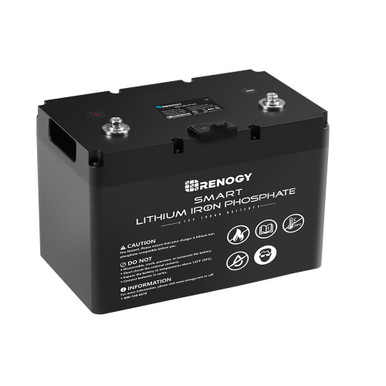
 eu.renogy.com
eu.renogy.com
DCC50S 12V 50A Dual Input DC-DC Battery Charger with MPPT
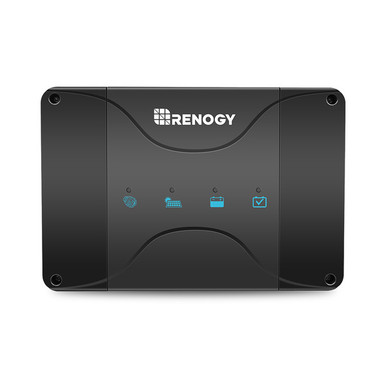
 eu.renogy.com
eu.renogy.com
BT-2 module
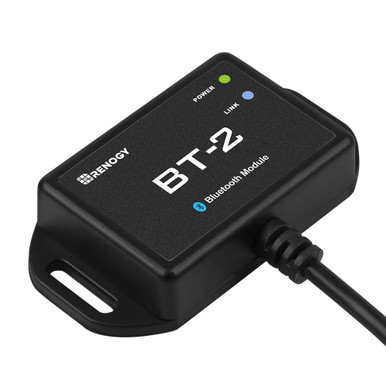
 eu.renogy.com
eu.renogy.com
We have 2000W modified sine wave inverters. Someone said it should work fine for the fridge if we charge it with 12V.
And guess we'll check aliexpress later for the charger as it is way to expensive on Renogy website.
And my questions are:
1. Is DC-DC with MPPT better than separate devices? Renogy one is cheaper (i guess) and just looks easier to set up for a total newbie like me. Are there any reasons why people still prefer separate Victron devices for example?
2. Do we need two BT-2 modules for battery and for DC-DC or one module connected to DC-DC would also show me info on the battery? Should we also (or instead) get Renogy monitor screen? I read some bad reviews about Renogy app.
3. I saw some new 100Ah battery with self-heating & Bluetooth on Renogy website. Guess it won't fit under the seat but still wonder - is it better than the one i mentioned above?

 eu.renogy.com
4. Still considering other brand 100Ah battery. Have you heard of Enjoybot? How bad/good it is comparing to Renogy? All i can see is that it is 100EUR cheaper.
eu.renogy.com
4. Still considering other brand 100Ah battery. Have you heard of Enjoybot? How bad/good it is comparing to Renogy? All i can see is that it is 100EUR cheaper.
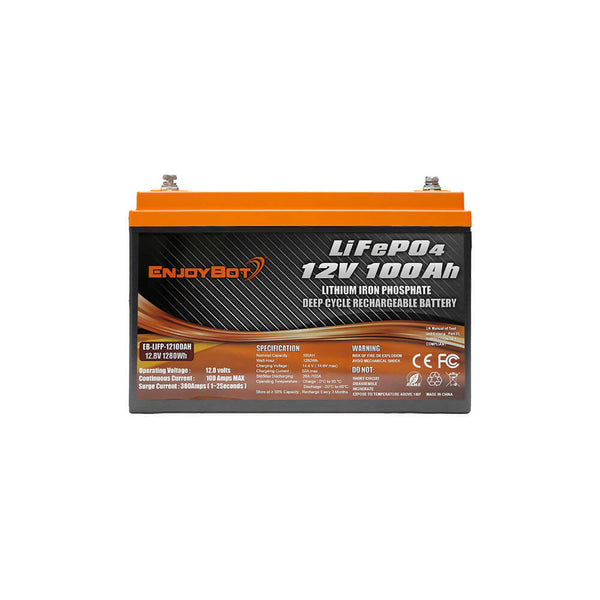
 enjoybot.com
enjoybot.com
Thanks and greetings from Poland
i'm a total beginner in the electrics topic. Was reading this forum for a week, find it very informative but i still have some (many!) questions. Would really appreciate if someone could give me a hand. (And please excuse my English, i'm not a native speaker)
So, we are going to buy 200W solar panels and 100Ah LiFePo4 for our van. Main consumers would be 60W compressor fridge and 2kW chinese webasto in colder months + few phones, laptop, led. We travel for a long time and sometimes camp at one place for 2-3-4 days.
Does this set makes sense to you? Do we definitely need something else?
Renogy 12V 100Ah Smart LiFePo4

12V 100Ah Smart Lithium Iron Phosphate Battery
The Renogy Smart Lithium Iron Phosphate Battery enables auto-balance among parallel-connections and provides more flexibility for battery connection thanks to its RJ45 communication ports. If you are searching for a deep cycle battery for caravan, cabin, or marine use, then this lightweight...
DCC50S 12V 50A Dual Input DC-DC Battery Charger with MPPT

DCC50S 12V 50A Dual Input DC-DC Battery Charger with MPPT
The Renogy 50A Dual-Input DC-to-DC MPPT Battery Charger can utilize connected solar panels or an alternator linked to a starting battery. It's a smart way to keep fully charged and off-grid longer whether you're using Flooded, Gel, AGM, or Lithium batteries.
BT-2 module

BT-2 Bluetooth Module for RS485 Port
The BT-2 can connect to Renogy charge controllers with a RS232 port and is used to pair charge controllers with the Renogy APP.
We have 2000W modified sine wave inverters. Someone said it should work fine for the fridge if we charge it with 12V.
And guess we'll check aliexpress later for the charger as it is way to expensive on Renogy website.
And my questions are:
1. Is DC-DC with MPPT better than separate devices? Renogy one is cheaper (i guess) and just looks easier to set up for a total newbie like me. Are there any reasons why people still prefer separate Victron devices for example?
2. Do we need two BT-2 modules for battery and for DC-DC or one module connected to DC-DC would also show me info on the battery? Should we also (or instead) get Renogy monitor screen? I read some bad reviews about Renogy app.
3. I saw some new 100Ah battery with self-heating & Bluetooth on Renogy website. Guess it won't fit under the seat but still wonder - is it better than the one i mentioned above?

12V 100Ah Pro Deep Cycle Lithium Iron Phosphate Battery w/Bluetooth
High quality solar system meets your energy need. Go and start green life with our excellent solar products.

ENJOYBOT 12V 100AH LiFePO4 Lithium Battery High & Low Temp Protection Deep Cycle Rechargeable 1280 Wh - Built With 100A BMS
Enjoybot 12V 100Ah lithium battery is a deep cycle battery made of lithium iron phosphate, only 23.6lbs, offers a lightweight, efficient, and long-lasting green power solution. With impressive 1280Wh capacity and up to 5000 cycles, this deep cycle battery provides unparalleled sustained power...
 enjoybot.com
enjoybot.com
Thanks and greetings from Poland

 Welcome to the forum.
Welcome to the forum.
